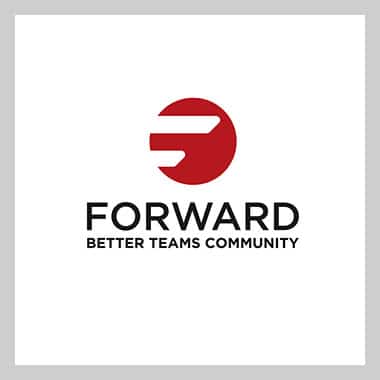People Mapping is a fun, energizing icebreaker that can be used to emphasize the value of having different perspectives on a team.
In this 5-minute activity, the room you are in becomes a metaphorical map and participants move to the place on the map that represents where they live.
I experienced this activity first hand when Steve Bush*, Managing Director of The Bush Group, facilitated a team of 15 facilitators from around the US through this interesting icebreaker. At least four of us were from Atlanta, and we even got specific about the exact location where we lived within the city. Our team loved this and I immediately knew I wanted to share this activity via my blog.
Instructions:
- The room represents a map of (the city, state, region, country or world). Decide the scope of the room map based on the people on your team:
- If your group/team is international – the room map would be the world.
- If your group/team is from different areas of the same county – the room map would be that country.
- If your group is all from the same city – the room map would be the city.
- Instruct them to move to the place in the room that represents where they live.
- Consider posting a map of the area on a slide, though this is not necessary.
- To help the team mentally grasp the room map, walk around the room and label a few physical “markers” in the room with certain geographic locations. (For example, this chair is New York, or this corner is Australia.)
- Give the team about 30 seconds to move around, talk with each other and place themselves where they think they belong.
- Ask each person to share their location (and maybe something about it).
- To debrief, point out that the diversity of backgrounds, geographies, cultures and upbringing is valuable to the team’s work, yet, it can also be divisive. Ask the team to respect the speaker and remember that differences in perspectives, when valued, enable teams to discover better solutions.
Variations to the question in #2:
- Where were you born?
- Where have you always wanted to travel?
- If you could live anywhere, where would that be?
*Steve Bush is a Certified Master Facilitator (CMF), corporate executive and experienced performance coach. Steve is dedicated to helping other corporate executives from a wide range of Fortune 100 companies improve the effectiveness of their organizations, as well as increase their engagement, productivity, and overall performance in their professional and personal lives. For more information about Steve go to https://www.thebushgroupinc.com/


7 Responses
I love this idea. It gets people moving around , people get to talk about things they normally wouldn’t and they get to connect .
Thanks Bob – glad you love it!
I love this idea. It gets people moving around , people get to talk about things they normally wouldn’t and they get to connect .
Thanks Bob – glad you love it!
I have been using this dynamic with groups for years and highly recommend it. Once with a very international group, we ended by saying “hello” in each of the language groups represented.
Another variation is to recognize those who live in the place where the meeting or event is being held and thus are standing in the center of the map, as our local “hosts” and a valuable resource for those who came from afar. (If all participants come from the same town or neighborhood, this would not be necessary.)
Beatrice – I love the idea of having them say “hello” in their home language. Thanks for adding these variations.
I have been using this dynamic with groups for years and highly recommend it. Once with a very international group, we ended by saying “hello” in each of the language groups represented.
Another variation is to recognize those who live in the place where the meeting or event is being held and thus are standing in the center of the map, as our local “hosts” and a valuable resource for those who came from afar. (If all participants come from the same town or neighborhood, this would not be necessary.)